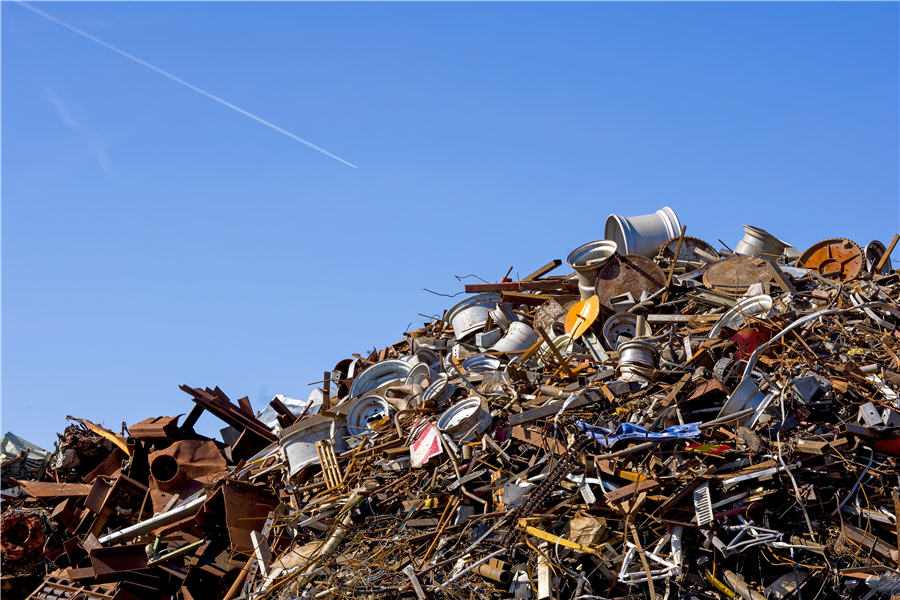Reuters | July 14, 2021 |

Scrap metal. (Stock image)
Consumer awareness of carbon emissions from the production of metals for the energy transition will eventually energize the recycling industry and stimulate searches for substitutes that could spoil the party for miners.

Analysts at Wood Mackenzie estimate an additional 360 million tonnes of aluminum, 90 million tonnes of copper and 30 million tonnes of nickel will be needed over the next 20 years under a scenario that limits global warming to less than 2˚C.


Aluminum, copper and nickel are key materials for electric vehicles, sales of which are expected to soar over coming years.
“We can reduce our carbon footprints by going down the recycling route,” said Wood Mackenzie’s Julian Kettle.
“There are a plethora of new technologies such as hydrogen and polymer energy storage that could dramatically change the clean-energy landscape.”
Producing one tonne of aluminum from scratch results in an average of 17 tonnes of carbon emissions compared with the 0.6 tonnes emitted from secondary or recycled aluminum.
Copper mining emits 2.3-2.5 tonnes of carbon per tonne of metal, while smelting adds another 1.65 tonnes compared with up to 1.5 tonnes for recycled metal.
Related Article: Biden’s electric vehicle plan includes battery recycling push
A precedent for awareness of the problems arising from the extraction and production of metals is plastic made from fossil fuels, which over the last 10 years has pushed consumers to look at recycling and substitution.
Metals consumption could also be cut by for example switching to pooled rather than individual vehicle ownership,
“The era of consumption consciousness could well be the next chapter in society’s awakening – and it would undoubtedly be uncomfortable for those banking on unfettered demand for metals,” said Wood Mackenzie’s Simon Morris in a release.
Specifically for electric vehicles, the challenge for automakers is to how to operate with inelastic retail prices and access critical minerals at affordable prices.
“They will look to innovate or thrift them out to the greatest extent possible,” Morris said.
Examples of miners that also have recycling operations are few. One is aluminum producer Norsk Hydro, which has recycling operations that contributed 1.4 billion Norwegian crowns to its EBITDA last year.
(By Pratima Desai; Editing by Steve Orlofsky)
No comments:
Post a Comment